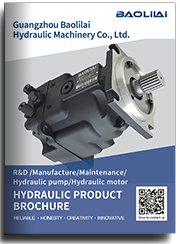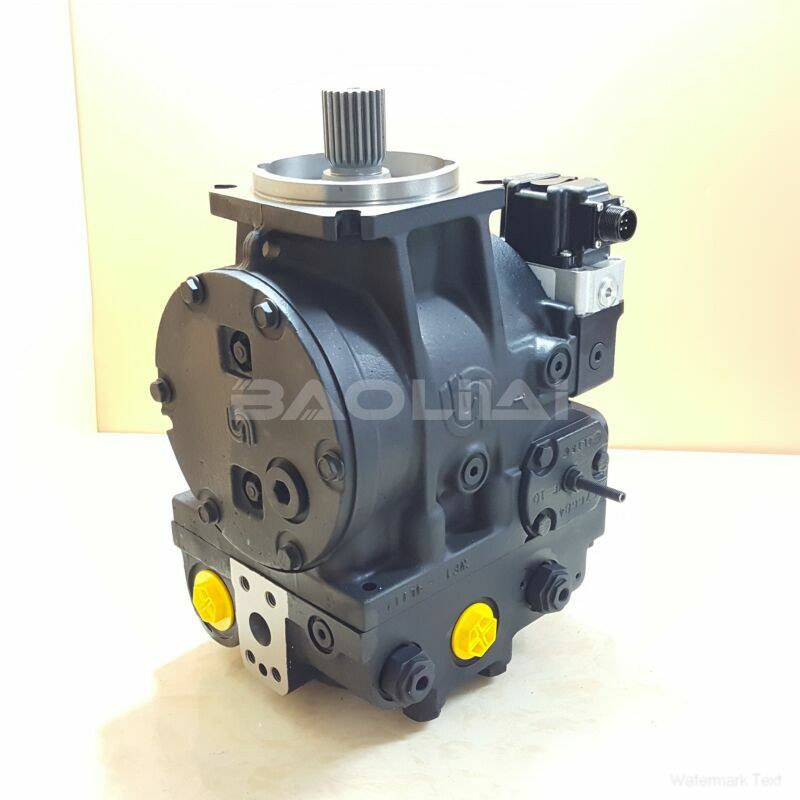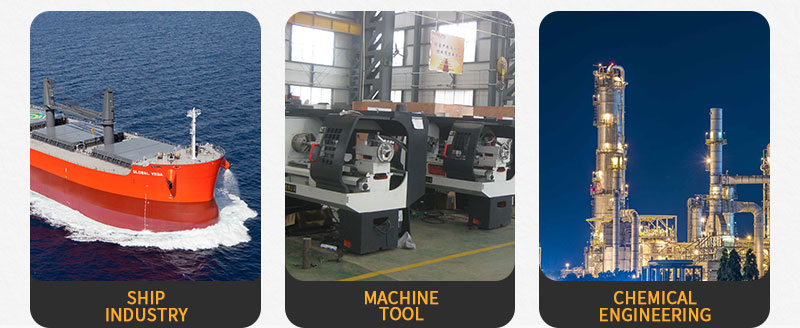90L130KP5NN80P4F1H03GBA262624 sauer danfoss pump
90L130KP5NN80P4F1H03GBA262624 sauer danfoss pump

- Product Details
- Applicable Scene
Hydraulic pumps play a crucial role in fluid circulation systems within industrial automation processes. These pumps are responsible for generating the hydraulic pressure necessary to move fluid throughout the system, ensuring the smooth operation of machinery and equipment. However, failures can lead to costly downtime, decreased productivity, and potential safety hazards. Implementing preventive measures is essential for maintaining the integrity and functionality of hydraulic pumps. This article outlines several strategies to help prevent hydraulic pump failures in industrial fluid circulation systems.
90-L-130-KP-5-NN-80-P-4-F1-H-03-GBA-26-26-24
90L130KP5NN80P4F1H03GBA262624
Regular Maintenance and Inspection

83006396
One of the most effective ways to prevent hydraulic pump failures is through regular maintenance and inspection. Establishing a routine maintenance schedule allows for the early detection of potential issues. Operators should routinely check the pump and associated hydraulic components for signs of wear, leaks, and unusual noises. Additionally, changing the hydraulic fluid per the manufacturer’s recommendations helps to maintain optimal performance and prevent contamination-related failures.
Proper Fluid Management
The quality of the hydraulic fluid is paramount in ensuring the longevity of hydraulic pumps. Contaminants such as dirt, water, and particles can degrade the fluid, leading to increased wear on pump components. Implementing a fluid management system that includes regular filtration and fluid analysis can help maintain fluid purity. Additionally, ensuring the correct fluid viscosity prevents pump cavitation and minimizes the risk of overheating.
Temperature Control
Hydraulic pumps are sensitive to temperature fluctuations. Excessive heat can cause fluid degradation and vaporization, leading to pump inefficiency and possible failure. It is essential to monitor the operating temperature of hydraulic systems and implement cooling measures as needed. This can include the use of cooling systems, heat exchangers, or maintaining adequate ambient conditions to keep the hydraulic fluid within the manufacturer’s specified temperature range.
Correct Sizing and Selection of Pumps





